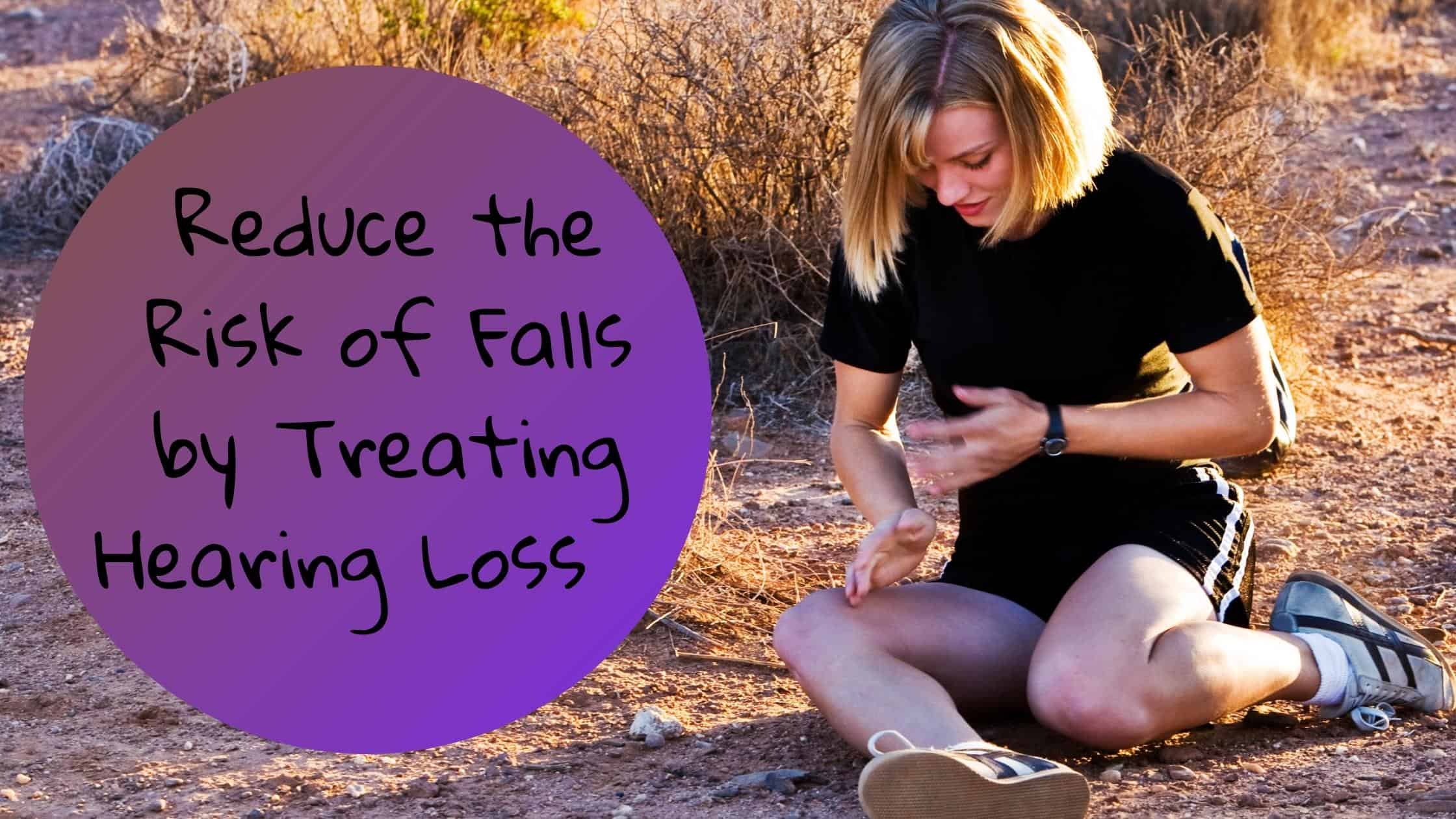
Every 11 seconds, an adult in the United States visits the emergency room due to a fall injury, making accidental falls one of the most common causes of bodily injury. Our bodies become more vulnerable to falls as we age, and an unintentional fall can result in permanent injuries and lengthy recovery times.
Understanding what factors contribute to falls is the first step in preventing them, and you might be shocked to find out that untreated hearing loss is one of them. It’s best to treat any hearing loss to reduce your risk of a dangerous fall and improve your quality of life.
What Role Does Hearing Play In Falling?
Why is our hearing so closely linked to accidents and injuries caused by falling? There are several factors at play here. Let’s take a look at each of them.
Cognitive strain
Our inner ear and auditory nerve deliver sound signals to our brain’s auditory cortex via well-established pathways when our hearing is working correctly. To interpret and comprehend those sounds, we use cognitive processing.
However, when we have hearing loss, the auditory nerve works overtime to correlate the sound we perceive into meaningful messages to the brain because the information the inner ear gathers is limited. Similarly, the brain works harder to piece together auditory clues to comprehend the entire sound picture.
As you can see, hearing loss puts a significant burden on your brain, which prevents it from performing other cognitive tasks. While trying to figure out what your ears are picking up, the brain pays less attention to your balance and coordination. You have a higher chance of falling and injuring yourself if you don’t pay enough attention to how you are moving around your environment.
Issues of balance
Hearing and balance are inextricably linked, and when one suffers, the other suffers as well.
The three semicircular canals in our inner ears control side-to-side and tilting movements detected by the fluid and hair cells inside each canal, sending information to our brain via the acoustic nerve. Inner ear problems, such as disruptions in how our canals work, affect our overall sense of balance, resulting in an increased risk of falling.
Reduced spatial awareness
Being aware of our surroundings is a challenging task for our brain to handle. It requires higher-level processing by the brain to locate the various directions from which sound cues are coming and then encode that information into patterns that can be understood.
Imagine being unable to pinpoint the source of sound in your environment. Hearing loss can reduce spatial awareness by distorting sounds. This explains why difficulty understanding conversation in noisy environments is one of the hallmarks of hearing loss.
The directionality of acoustic cues derived from how sound waves interact with the body, head, and ears creates a three-dimensional sense of space. There is less awareness of our sound space if this is not achieved through the complex interplay between the brain and the ears. As a result, performing tasks while remaining aware of where the body is about other objects or surfaces will be difficult. A lack of spatial awareness frequently causes falls.
Hearing aids can help prevent falls in three ways
- Lessen cognitive strain: According to promising research by the University of Melbourne in Australia, hearing aids may help older adults delay cognitive decline and improve brain function. Hearing aids were put to the test in nearly 100 adults aged 62 to 82 who had hearing loss. Researchers discovered that after 18 months of hearing aid use, participants’ speech perception had significantly improved.
- Improved balance: According to a study conducted by the Washington University School of Medicine, patients who wore hearing aids in both ears did better on standard balance tests when their hearing aids were turned on compared with when they were off.
- Strengthen spatial awareness: Hearing aid manufacturers devote a lot of time and effort to deciphering the complexities of sound wave interactions and location-dependent acoustic signal variations. It is all designed to create an optimal hearing experience for hearing aid users using a thorough analysis of the spatial auditory system.
Our hearing specialists are dedicated to better understanding your hearing issues and connecting you with the right hearing solutions. Contact us today to set up a consultation.
